The three words priest, monk and friar are often confused with each other.
And it’s a legit confusion actually, because these three religious figures have much in common, and the differences among them are often uncertain. Apart from the fact that a monk or a friar can also be priests, since the role of priest is defined by the possibility to conduct the Ministry, that is, being consecrated to become a minister of the cult and be able to offer sacraments.
Let’s try to define these three figures better.
Priest
According to the Christian Catholic religion, the Priest is the minister of the cult, the spiritual guide that is consecrated to protect Jesus’ herd and lead it to salvation. They are priests, bishops, and anyone in clerical hierarchy that received the call, was consecrated, and chose to live his life at the Church service. The priest is the one who can celebrate the mass and offer sacraments, but he is first of all a role model, a guide indeed, as recommended by Jesus to his disciples.
The word priest is ‘Sacerdote’ in Italian, which comes from the Latin word sacer, sacred, connected to the Indo-European word *dhē-, which means ‘to do’. The Priest is then the one who ‘does the sacred rituals’, who offers sacrifices to the divinity, who is a mediator between God and men. It is a role that was already present in all ancient civilizations and past religions, with different features and names. In general tough, he was a man who was capable to utter the right words, for vocation or studies, to say the correct formulas and prayers to talk to God, and honored by God Himself to offer sacrifices in the name of the population.
For the Jewish the High Priest was the only one allowed to enter the Temple and take care of the ark of the Covenant. He must descend from the Levites tribe, who had no land because their home was indeed the Temple. For the Jewish, the Priest was still the mediator between God and men, as for all other religions of the past. This thing changed with the coming of Jesus. Jesus, dying on the cross to save all men, became the mediator between them and God, making the figure of the Priest, as intended before, useless. The Baptism makes everyone a Priest, appointed with the faculty to talk to God directly. It is the so called common priesthood, different from the ministerial priesthood, which is the one priests, bishops and so on are appointed with. According to the Catholic Church in fact, only those who received the second or third degree of the sacrament of the Holy Order can be considered (ministerial) Priests. The deacon is not a Priest then, while the presbyter and the bishop are indeed priests.
But then, if we all are priests by virtue of the Baptism, what do we need ministerial priests such as priests, vicars, bishops and the Pope for? They have the role that Jesus gave his disciples and apostles, such as guides, protectors, shepherds. The Priest spreads the Word of God among the devotees, he explains it and interpret it in its darkest passages, and at the same time, advises and comforts, encourages and flatters, and scolds when necessary. His role is close to Jesus’ role: head of the Church, Good Shepherd, Brother among brothers.
Monk
The image of the Monk was born in the early medieval age, when the fall of the Roman Empire brought Europe into a period of uncertainties and constant danger. The rage of the barbarians, the loss of values and laws that supported the biggest and strongest Empire ever, made the life of men and women very dramatic. In this setting, many looked for comfort in faith, choosing to embrace an ascetic and solitary lifestyle, leaving the world to live in grueling caverns, thick woods or unreachable places where they could dedicate their life to prayers and contemplation.
Such an extreme choice comes from the experience of Eastern ascetics, who tried to get closer and closer to God and looked for a chance to elevate to sanctity through a complete isolation, a life made of poverty and an extreme mortification of the flesh. Just think of the Priests of the desert, the hermits, the anchorites, the cenobites, who gathered in small groups and lived according to a common rule, but kept the spiritual isolation anyway.
The Monk of the early medieval age is then someone who lives alone, praying and suffering, and expiates for the sins of the whole world that way. The word Monk comes from monos (alone) and achos (pain), united in the Greek word Monachos. A life consecrated to suffering then, to penitence as instrument for self-redemption but most of all for all sinners in the world. Such connotation is tied to the word Monk, which for most of the medieval age keeps meaning men living alone or gathered in monasteries or convents, where they devoted themselves only to prayer, penitence and contemplation.
Between the IV and VIII centuries however, the concept of Monk imported from the West will evolve.
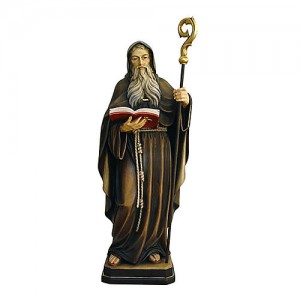
Saint Benedict of Norcia, founder of the most ancient religious order in the Western world, the Benedictines, begins his religious experience as a hermit, living for three years in complete solitude and prayer in a cave near Subiaco. Later, he comes to think that those who want to dedicate their lives to God can do so also operating in other ways. We owe the idea of the Western monasticism, as we know it to him, besides the foundation of the Benedictine order and the cathedral of Montecassino, first example of ‘modern’ medieval abbey. Monasteries and abbeys change look. In those places of work and prayers, monks will not dedicate only to contemplation and readings of Sacred Texts anymore, but they’ll practice the common prayer, and will spend their time with manual jobs, for the monastery and the religious community’s sake. Since these places of cult were often located in impervious and inaccessible areas, the monks needed to learn to produce what they needed on their own, not only food and drinks, but also medicines and products for body care and hygiene. Still today, there are monasteries and abbeys all over the world that offer products realized by the monks themselves, or anyway following the recipes passed on throughout the centuries. We can find marmalades, dried mushrooms, oil, typical desserts, and then honey, candies, chocolate cream, not to mention wines, liquors, beer, which was often the only ‘nourishment’ allowed to monks in fasting periods, and that is very famous still today (think of the famous Trappist beer). Besides those food products, the ancient monk tradition brought us health and beauty products, infusions and toning lotions, body lotions and compresses, essential and medicinal oils, which preserve their effectiveness and their immortal appeal through time.
We also owe monks the conservation and copies of ancient texts, which the expert hands of amanuensis saved from the flow of time, and which miniature artists enriched with wonderful decoration that we can admire still today.
Friar
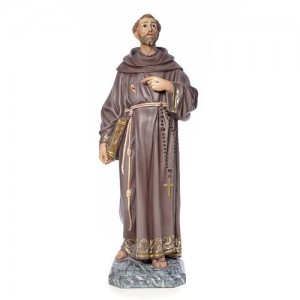
The word friar has Medieval origins too, and it is tied to the deep transformation that crossed religious life in the late Medieval age, after Saint Benedict’s Rule spread out, but most of all with the ‘revolution’ brought by Saint Frances. Following the example of the Saint from Norcia, the new religious did not live as hermits anymore, only praying; instead, they gathered in active and productive communities, both on the spiritual and the material level. The birth of the mendicant Orders in the XIII century brought men of faith out of the convents and places of worship to get out in the streets, to mingle with the people in the towns, with the poor and the sick to bring them comfort and help. The rising of this new way to experience religion was probably due to a response from the Catholic Church to Cathars and Waldensians movements, which were receiving a lot of approval in Italy and in France during that time.
The existence of Friars is an attempt to imitate Jesus’ experience, living in poverty, chastity and obedience, the three vows that friars needed to embrace, taking their subsistence from donation and offering help and prayer in exchange. The first obligation imposed to those who wanted to become friars was in fact the vow of poverty, that is, giving up all belongings. Even the convents where friars used to gather didn’t have much, they only lived thanks to the offertory, collecting donations and the offers given by devotees. A simple life then, made only of poverty, prayers and charity, just as they thought Jesus’ life with his disciples had been.
Friar comes from the Latin word frater, ‘brother’, and it’s exactly like brothers that these people lived, in a spirit of brotherhood and communion among them and the people they helped. Friars were characterized by a very poor and humble lifestyle, among many other things, and by shabby clothes, with simple garments and just sandals on their feet.

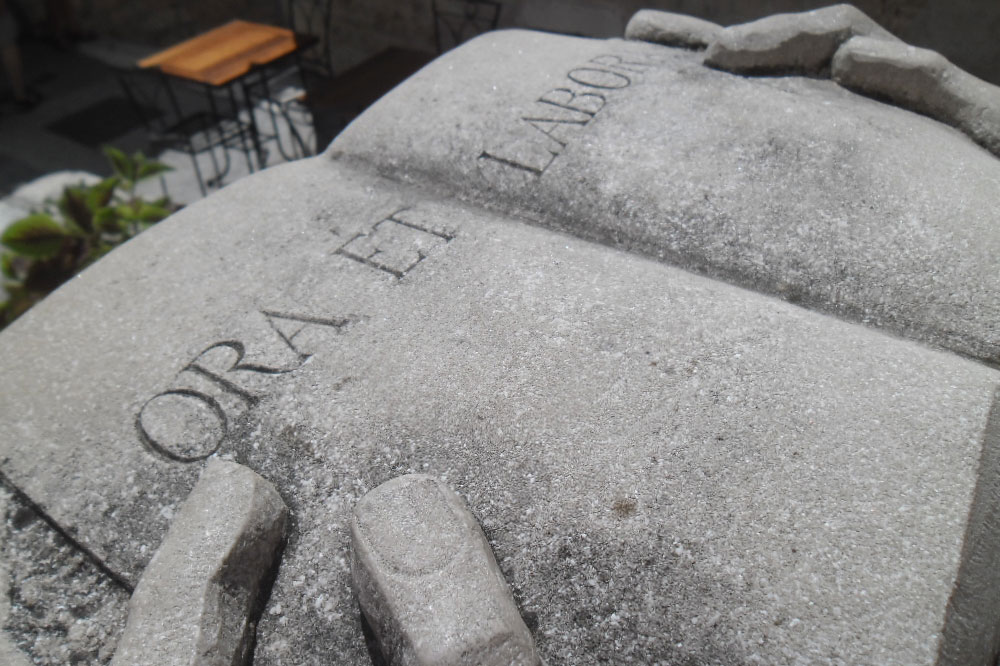
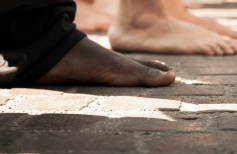
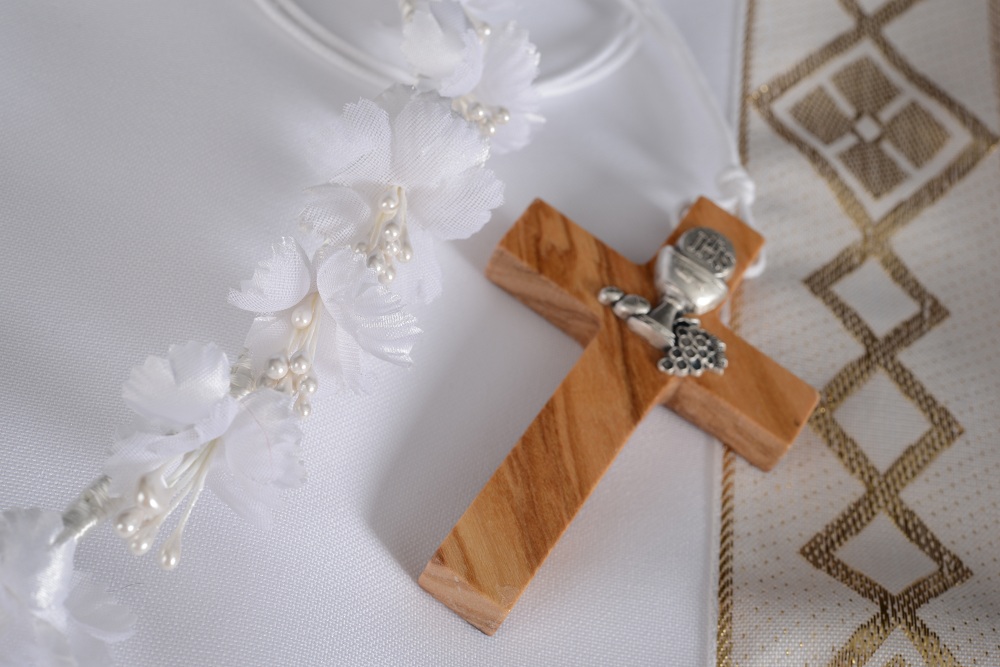
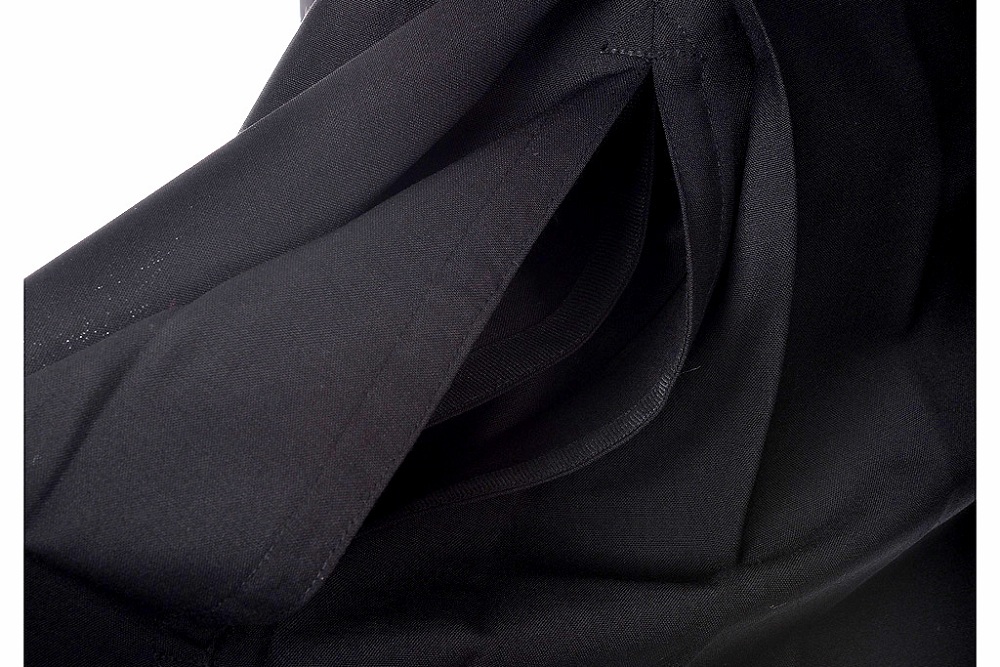
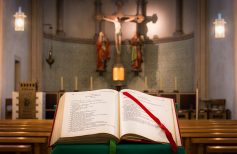
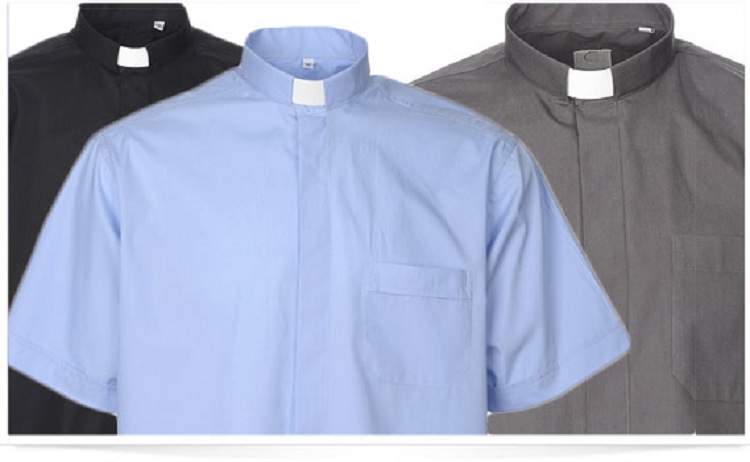
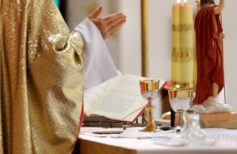
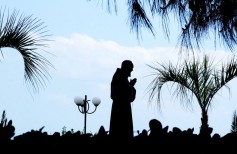

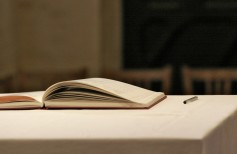








 19 March 2025
19 March 2025






